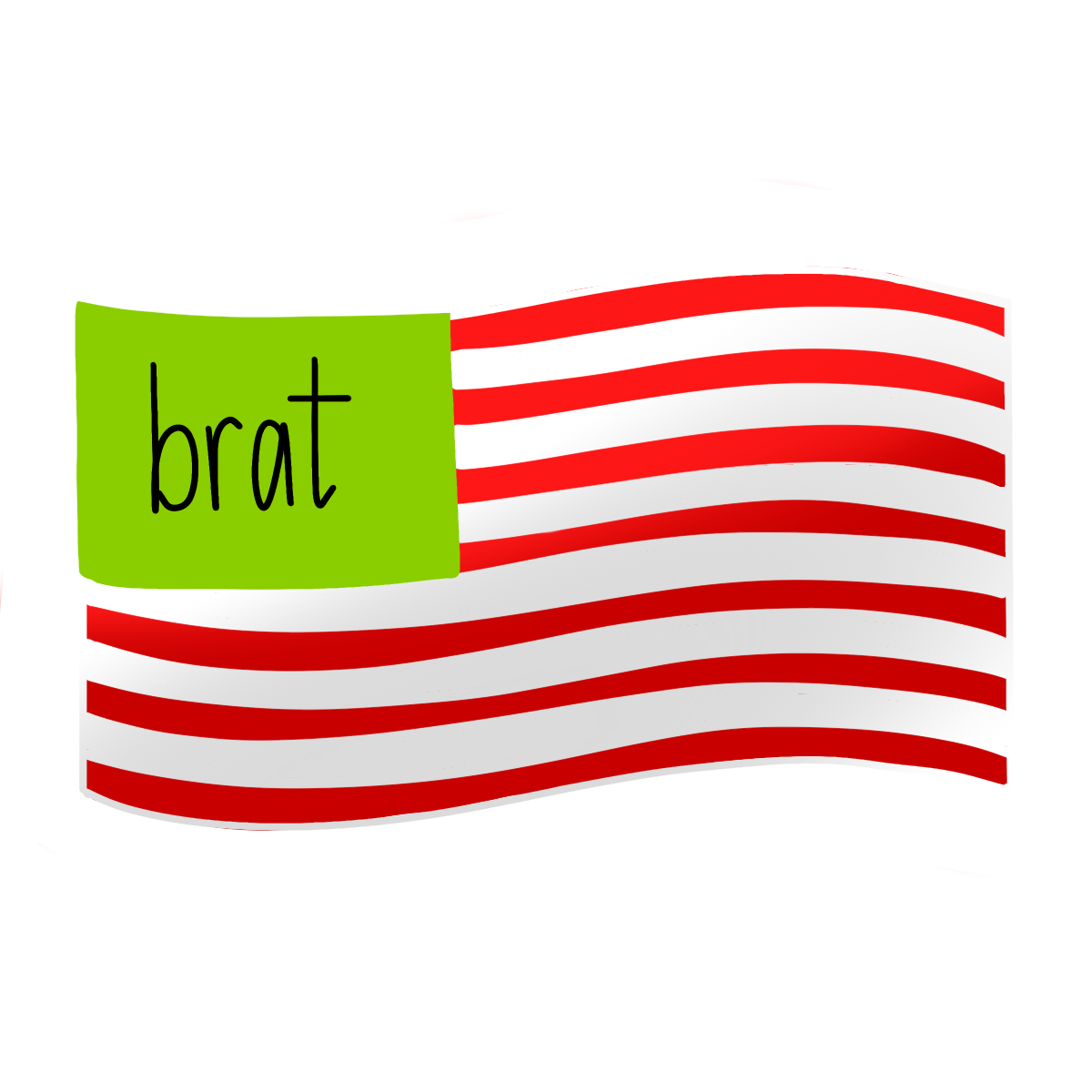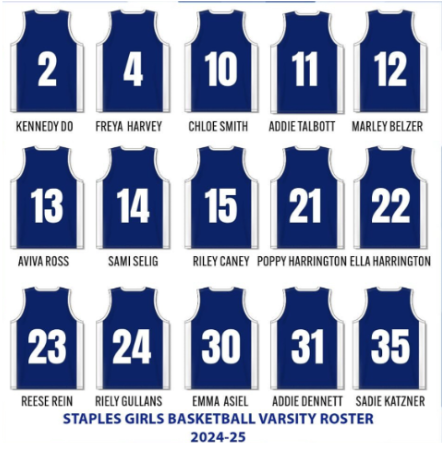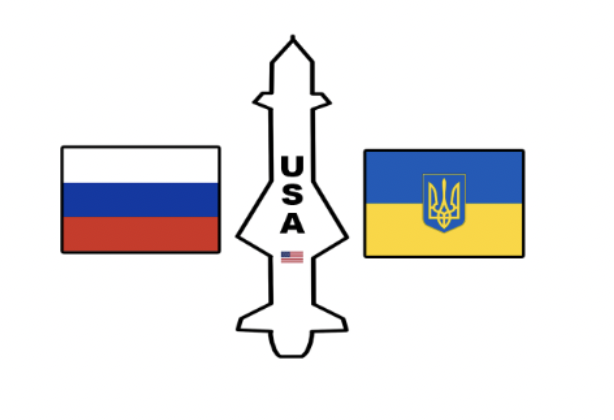
Sam Bortniker ’11
A & E Web Editor
It’s easy to miss, rushing to class.
It takes one glance to notice the six Middle Eastern women holding AK-47 machine guns.
It only takes one glance to become mesmerized by the expressions of their staring eyes.
The concern is what students will see. Personal interpretation is part of art’s beauty, but with Nellie Stagg’s award-winning graphic, “In-Formation,” some teachers are arguing it might be the wrong message.
“Students may not have the background or knowledge to grasp the full meaning,” said a female teacher who wished to remain anonymous becasue she did not want to be seen as critcising the work of another student or teacher.
The teacher worries because Staples has a large white and Jewish community, students will notice the Middle Eastern women with guns and assume they are terrorists. She said only seeing the surface of the graphic will reinforce stereotypes. She added that she and some other teachers believe context is needed.
“It’s a gorgeous work of art, and I would hang it in my house next to the picture of the Jewish soldiers at the Wailing Wall, but I would not bring either of them to school,” said the teacher, emphasizing there is a line of appropriateness and this graphic is too close to the edge.
Not all agree, however. Writing teacher Fran Sinay, whose office is just around the corner from the painting, sees the graphic as depicting real and current issues, which, hopefully, will inspire conversation.
“I was drawn to their faces,” said Sinay, who relates to the graphic on a personal level because of her Israeli background and dual citizenship in that country and the United States. She explains a typical site in the Middle East is seeing a person in religious garb carrying a weapon. People who aren’t aware of the struggles won’t draw this conclusion, but if Stagg’s illustration spurs conversation, viewers, like Sinay, can see their struggle.

“The purpose of the assignment was to create a political or social statement through the use of color,” said Carla Eichler, design and technology teacher at Staples. Stagg redrew the image of a photograph of six women in uniform and altered the picture’s message by adding colors and patterns, simplyfying some elements and adding others. Eichler said she saw the addition of the colors as liberating the women.
Agreeing that the graphic could be contentious, Eichler considered providing text that explains the assignment. This might diffuse the situation, and if some ask to have the paiting removed–something that has not happened yet–words of explanation could keep it on the wall.
But, “Missed opportunity,” said Sinay firmly, and that taking down the graphic is censorship. Teaching at Staples for eight years, Sinay is confident Staples is an environment where students can converse over the graphic. Removing this graphic would steal from the students an opportunity for growth and exposure, said Sinay.

Artist Nellie Stagg discovered the original photo while doing research for a paper and decided to change it through color. Stagg sensed a “rad-fem vibe” and turned the women into empowered individuals.
Stagg said she wanted to communicate who these women are and their struggles, individuals fighting for their rights, not bolster a stereotype. The same piece of art has different meanings for each person, they have the power to walk away with the message they choose to find.
“People will see what they want to see,” said Stagg.
Stagg’s believes the beauty of art is giving people the chance to discover their own interpretation. The danger, teachers fear, is allowing the students to make a quick judgment. And a student rushing to class may catch a glimpse of the graphic noticing the guns and relate it to terrorism.
Walking to the bathroom, a student may become captivated by the expressions of the women and wonder.
The question is, what will be seen?















































MAC DADDY • Jun 22, 2010 at 9:52 pm
“AK-47 MACHINE GUNS”? No, you fail. The AK is a semi or fully automatic ASSAULT RIFLE. God!